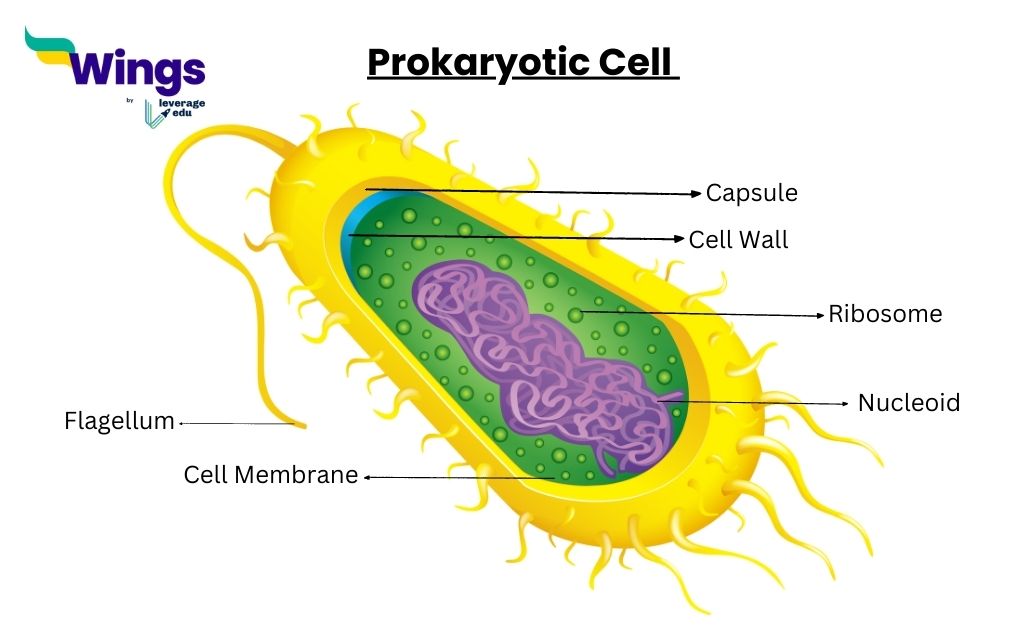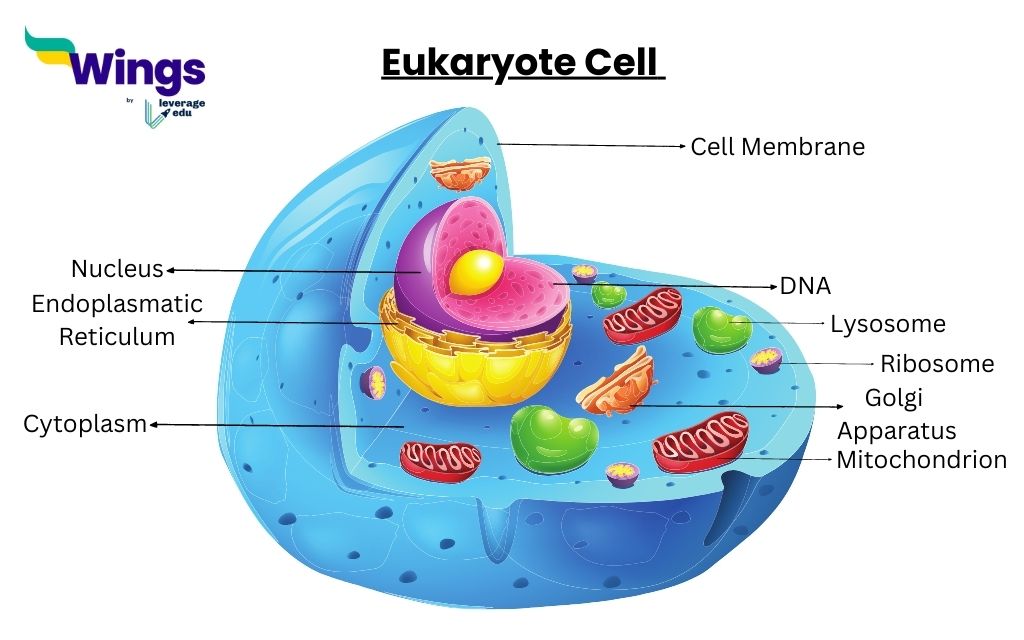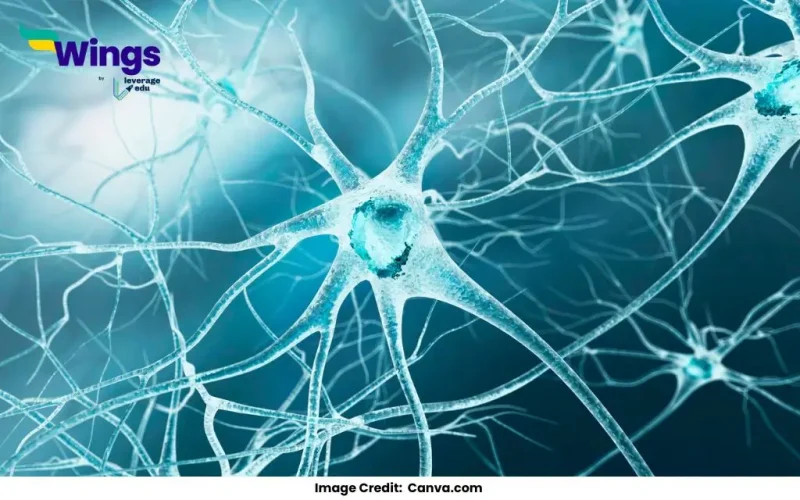Cells are the basic structural and functional units of life. They can be broadly classified into two types: prokaryotic cells and eukaryotic cells. The primary distinction between these cell types lies in their structural organization. Prokaryotic cells lack a defined nucleus and membrane-bound organelles, while eukaryotic cells possess these features. Below is a detailed differentiation:


| Feature | Prokaryotic Cells | Eukaryotic Cells |
| Nucleus | Absent. The genetic material is free-floating in the cytoplasm, within a region called the nucleoid. | Present. The genetic material is enclosed within a nuclear membrane. |
| Size | Smaller, typically 1-10 μm in diameter. | Larger, typically 10-100 μm in diameter. |
| Complexity | Simple structure. | Complex structure with compartmentalisation. |
| Organelles | No membrane-bound organelles. | Contains membrane-bound organelles such as mitochondria, ER, and Golgi apparatus. |
| Examples | Bacteria, Archaea. | Animals, plants, fungi, and protists. |
| Cell Division | Binary fission, a simple and rapid process. | Mitosis and meiosis, involving multiple steps. |
| Ribosomes | Smaller (70S type). | Larger (80S type). |
| Cell Well | Present in most, made of peptidoglycan in bacteria. | Present in plants and fungi, made of cellulose or chitin. |
| Genetic Material | Circular DNA, without histones. | Linear DNA, associated with histones. |
| Reproduction | Asexual reproduction only. | Both sexual and asexual reproduction. |
Key Concepts Behind the Differences between Prokaryotic and Eukaryotic Cells
- Evolutionary Perspective: Prokaryotic cells are the most primitive type of cells, having evolved around 3.5 billion years ago. They are simpler and well-suited for unicellular organisms. Eukaryotic cells, which appeared later, allow for greater complexity and specialisation, forming the basis of multicellular organisms.
- Compartmentalisation: The presence of membrane-bound organelles in eukaryotic cells allows for efficient biochemical processes. For instance, mitochondria specialise in energy production, while the nucleus protects and organises genetic material.
- Genetic Material Organisation: The lack of a nucleus in prokaryotic cells means their DNA is exposed in the cytoplasm, leading to a simpler regulatory mechanism. Eukaryotic cells, on the other hand, have more intricate systems to control gene expression and replication.
Knowledge of both the prokaryotic and eukaryotic cells is crucial as they form the foundation for topics like microbiology, cell biology, and genetics. For example, knowing that antibiotics often target features unique to prokaryotic cells, such as the 70S ribosome, helps explain their effectiveness against bacteria but not against human cells.
Common Doubts
 60,000+ students trusted us with their dreams. Take the first step today!
60,000+ students trusted us with their dreams. Take the first step today!


 One app for all your study abroad needs
One app for all your study abroad needs










